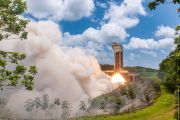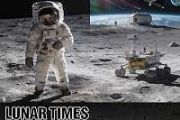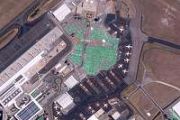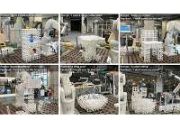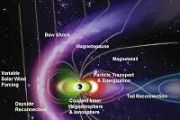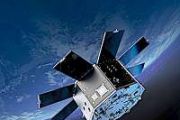
Copernical Team
Amazon Gears Up for Inaugural Satellite Launch of Project Kuiper
 Amazon's expansive ambitions to delve into satellite-based broadband are about to take a concrete form. On October 6, 2023, the e-commerce behemoth is scheduled to launch KuiperSat-1 and KuiperSat-2, the initial pair of its projected constellation of more than 3,200 satellites. The launch, set to be executed from Launch Pad 41 at Cape Canaveral Space Force Station, will utilize the reliable Unit
Amazon's expansive ambitions to delve into satellite-based broadband are about to take a concrete form. On October 6, 2023, the e-commerce behemoth is scheduled to launch KuiperSat-1 and KuiperSat-2, the initial pair of its projected constellation of more than 3,200 satellites. The launch, set to be executed from Launch Pad 41 at Cape Canaveral Space Force Station, will utilize the reliable Unit Younger trees champion carbon capture
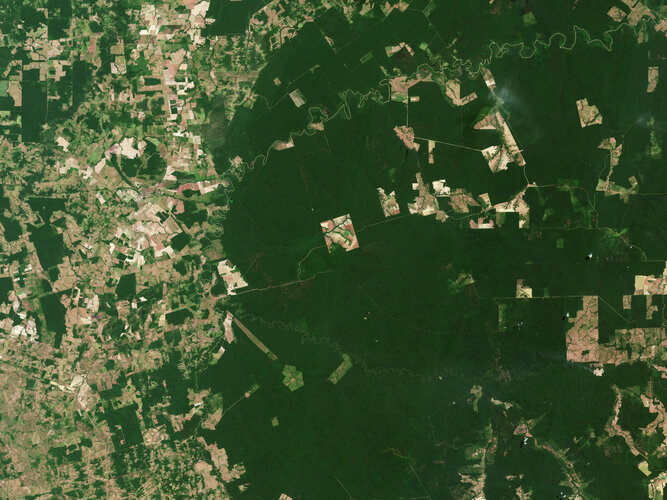
Thanks to their ability to absorb and store carbon dioxide from the atmosphere, forests have long been recognised as a key tool in the fight against climate change – but not all forests are equal. New research based on data from ESA’s SMOS satellite mission has found that, surprisingly, young trees are champions at carbon capture.
Sunday’s ESA Open Day at ESTEC: updates
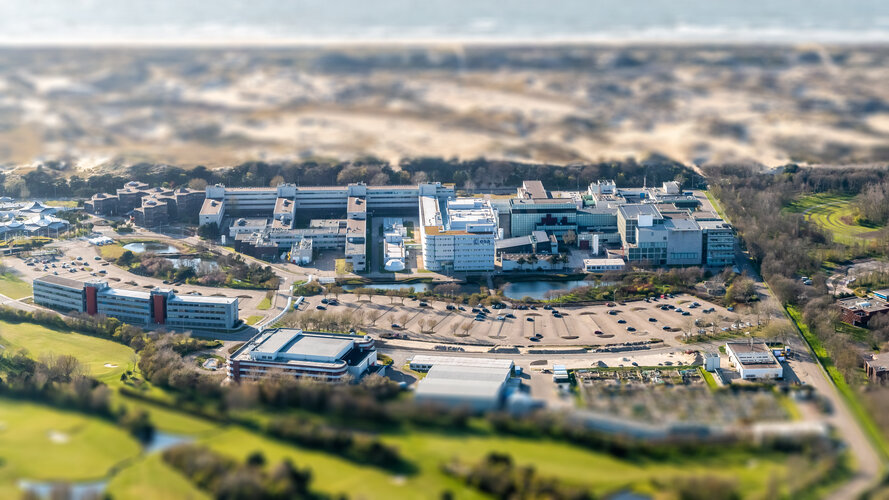
Unfortunately, due to circumstances beyond his and our control, ESA astronaut Thomas Reiter has had to cancel his attendance at the ESA Open Day at ESTEC this Sunday. ESA astronaut André Kuipers and Reserve astronaut John McFall will still be attending.
US Army awards Comtech $48M for future EDIM SATCOM solutions
 Comtech (NASDAQ: CMTL) reports that the company was recently awarded a $48.6 million contract to deliver Enterprise Digital Intermediate Frequency Multi-Carrier (EDIM) modems in support of U.S. Army satellite communications (SATCOM) digitization and modernization programs.
Under the contract, Comtech will design, develop, test, and deliver EDIM units and provide hardware, software, and sus
Comtech (NASDAQ: CMTL) reports that the company was recently awarded a $48.6 million contract to deliver Enterprise Digital Intermediate Frequency Multi-Carrier (EDIM) modems in support of U.S. Army satellite communications (SATCOM) digitization and modernization programs.
Under the contract, Comtech will design, develop, test, and deliver EDIM units and provide hardware, software, and sus DLA Energy supports space missions from coast to coast
 From coast to coast, Defense Logistics Agency Energy is helping launch rockets and equipment into space.
The DLA Energy Aerospace team fueled two space missions this month: the first launch from Vandenberg Space Force Base, California, tested the U.S. Space Force Rapid Launch Capability and another from Cape Canaveral Space Force Station, Florida, sent National Reconnaissance Office satell
From coast to coast, Defense Logistics Agency Energy is helping launch rockets and equipment into space.
The DLA Energy Aerospace team fueled two space missions this month: the first launch from Vandenberg Space Force Base, California, tested the U.S. Space Force Rapid Launch Capability and another from Cape Canaveral Space Force Station, Florida, sent National Reconnaissance Office satell Vega's ESTCube-2 tether to the future
 Estonia's next satellite will fly aboard Europe's Vega VV23 launcher later this week. While largely designed and built by undergraduate students, the shoebox-sized ESTCube-2 has ambitious goals in mind, including surveys of Estonian vegetation and the first successful in-orbit demonstration of 'plasma brake' technology. Deployment of a charged microtether will slow the CubeSat's orbit, proving t
Estonia's next satellite will fly aboard Europe's Vega VV23 launcher later this week. While largely designed and built by undergraduate students, the shoebox-sized ESTCube-2 has ambitious goals in mind, including surveys of Estonian vegetation and the first successful in-orbit demonstration of 'plasma brake' technology. Deployment of a charged microtether will slow the CubeSat's orbit, proving t NASA awards Outpost Phase 2 Ignite SBIR Contract for cargo return studies
 Outpost Technologies Corporation ("Outpost"), a sustainable space company that is spearheading a new wave of development in Earth Return and Reusable Satellites, announced that it has been awarded a Phase 2 Ignite Small Business Innovative Research (SBIR) contract from NASA to continue development of the company's "Cargo Ferry" in order to deliver cargo back to Earth from the International Space
Outpost Technologies Corporation ("Outpost"), a sustainable space company that is spearheading a new wave of development in Earth Return and Reusable Satellites, announced that it has been awarded a Phase 2 Ignite Small Business Innovative Research (SBIR) contract from NASA to continue development of the company's "Cargo Ferry" in order to deliver cargo back to Earth from the International Space Momentus announces $4M direct offering priced at-the-market under Nasdaq rules
 Momentus Inc. (NASDAQ: MNTS) has entered into a securities purchase agreement with certain institutional investors for the purchase and sale of 2,000,000 shares of common stock (or common stock equivalents in lieu thereof) at a purchase price of $2.00 per share pursuant to a registered direct offering priced at-the-market under Nasdaq rules, resulting in total gross proceeds of approximately $4
Momentus Inc. (NASDAQ: MNTS) has entered into a securities purchase agreement with certain institutional investors for the purchase and sale of 2,000,000 shares of common stock (or common stock equivalents in lieu thereof) at a purchase price of $2.00 per share pursuant to a registered direct offering priced at-the-market under Nasdaq rules, resulting in total gross proceeds of approximately $4 Keysight launches phased array antenna control and calibration solution
 Keysight Technologies, Inc. (NYSE: KEYS) introduces the new Phased Array Antenna Control and Calibration solution, a breakthrough over-the-air (OTA) calibration and characterization solution that enables satellite designers developing active electronically scanned arrays for satellite communications applications to rapidly test their designs during early validation.
Modern satellite networ
Keysight Technologies, Inc. (NYSE: KEYS) introduces the new Phased Array Antenna Control and Calibration solution, a breakthrough over-the-air (OTA) calibration and characterization solution that enables satellite designers developing active electronically scanned arrays for satellite communications applications to rapidly test their designs during early validation.
Modern satellite networ 
 Image:
Moon scouts
Image:
Moon scouts 









